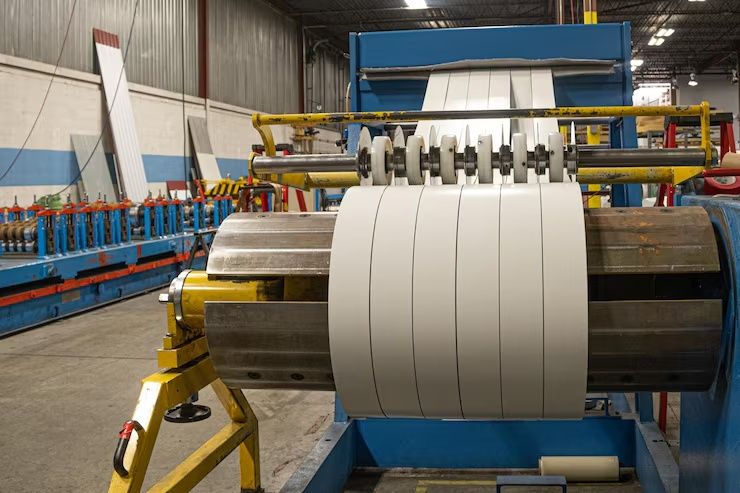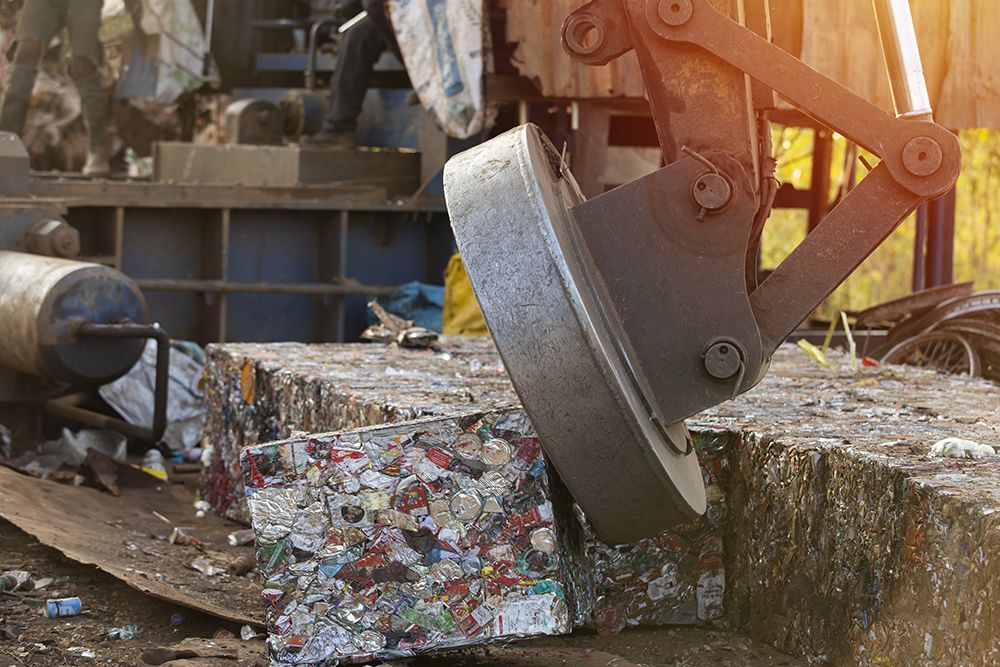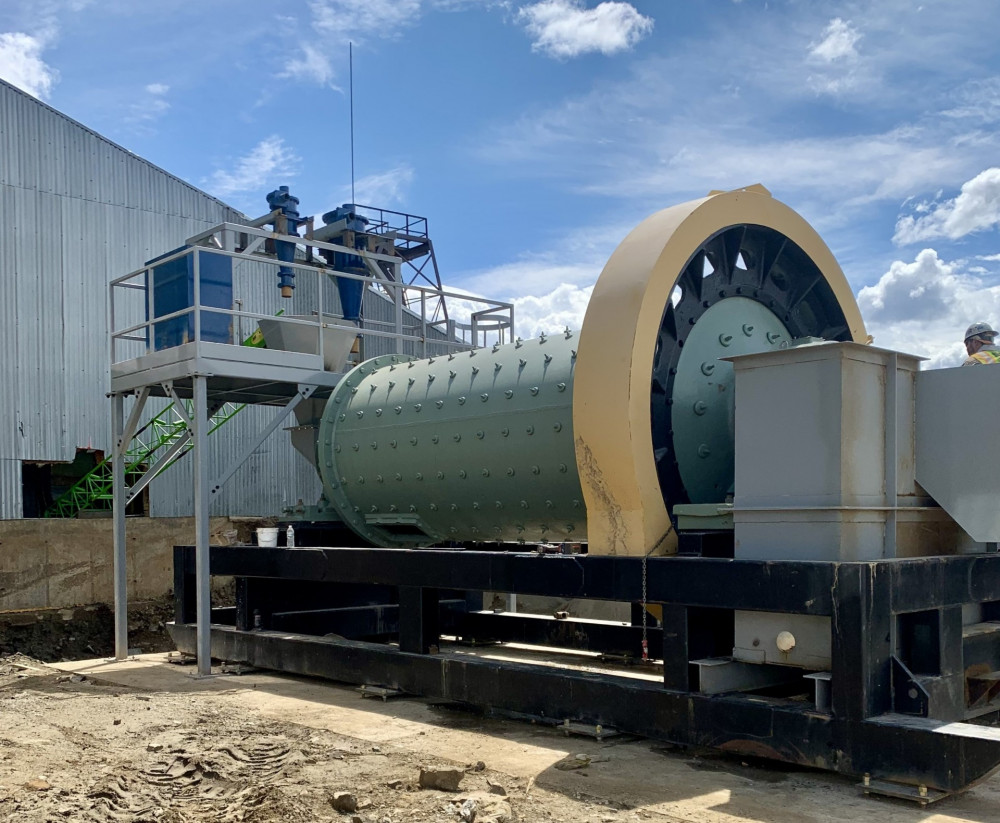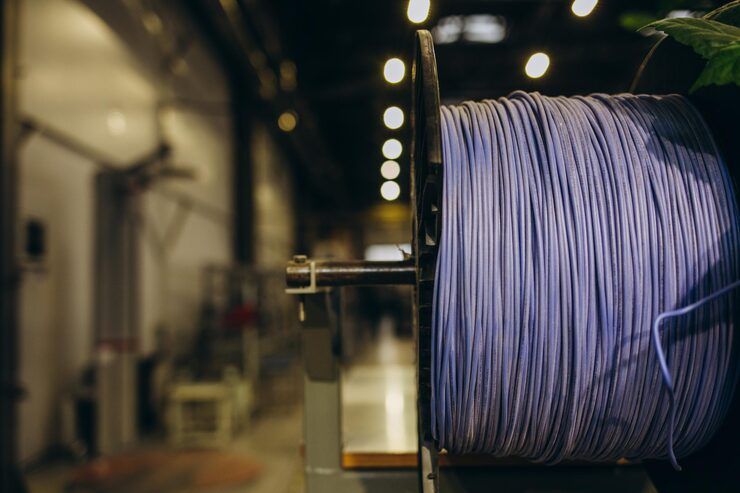Explore Sheet Extrusion: A Complete Guide to Sheet Extruder Machine Basics and Working
Sheet extrusion is a key process in the plastics and polymer industry that produces flat sheets of material used across multiple sectors. In this process, raw plastic pellets or granules are melted and forced through a flat die, producing continuous sheets of thermoplastic material. These sheets can then be cut, rolled, thermoformed, or laminated for applications in packaging, construction, automotive, and consumer goods.
The sheet extruder machine exists to provide efficiency and uniformity. Manual or small-scale methods cannot meet the demand for large quantities of precise and consistent plastic sheets. Extrusion technology offers a continuous process, high throughput, and the ability to use different polymer blends to achieve desired properties like strength, flexibility, or transparency.
By combining heating, mechanical pressure, and cooling systems, the sheet extruder machine has become an essential tool in modern manufacturing.
Importance
Sheet extrusion is significant today because it supports critical industries and modern lifestyles. Its importance can be understood by considering:
-
Packaging demand – Extruded plastic sheets are widely used in food packaging, disposable products, and protective films.
-
Construction applications – Thermoplastic sheets are used for insulation, panels, and protective coverings.
-
Automotive industry – Lightweight extruded sheets reduce vehicle weight and improve fuel efficiency.
-
Consumer products – Sheets form the base for trays, containers, signage, and household items.
-
Sustainability – Advances in recyclable polymers and biodegradable plastics highlight sheet extrusion’s role in the circular economy.
Who it affects:
-
Manufacturers – who require efficient, high-volume sheet production.
-
Packaging companies – seeking durable and safe material solutions.
-
Construction firms – using sheets for insulation and paneling.
-
Automotive suppliers – needing lightweight materials.
-
Policy makers – focused on sustainable material use and waste reduction.
Problems it solves:
-
Replaces slow and inconsistent manual production.
-
Reduces production errors with precise control of sheet thickness.
-
Provides scalability for industries facing high global demand.
-
Enables use of recycled materials in high-quality products.
Recent Updates
In the past year, sheet extrusion technology has seen important developments:
-
Energy-efficient extruders (2024–2025): New models integrate advanced heating and cooling systems that reduce energy consumption by up to 20%.
-
Smart monitoring tools (2025): IoT-enabled sheet extruders now track temperature, thickness, and output in real time for better process control.
-
Recyclable polymers (2024): Rising adoption of PET, PLA, and bio-based polymers has reshaped sheet extrusion in response to sustainability goals.
-
Automation trends (2025): Robotic handling and AI-powered quality checks are being used to minimize defects and increase throughput.
-
Global market growth (2024–2025): Demand for extruded sheets is rising in Asia-Pacific and Europe due to packaging, construction, and automotive needs.
Laws or Policies
Sheet extrusion and extruder machine operations are influenced by environmental, safety, and trade regulations.
-
Plastic waste policies: Many countries enforce restrictions on single-use plastics. For example, the European Union’s Directive 2019/904 impacts the materials chosen for extrusion.
-
Recycling regulations: In India, the Plastic Waste Management Rules (amended in 2022) encourage manufacturers to adopt recycled content.
-
Occupational safety standards: OSHA in the United States and similar organizations worldwide require safe operation of high-temperature extrusion machinery.
-
Energy efficiency targets: Policies in the EU and Asia encourage manufacturers to use energy-efficient machinery to reduce carbon emissions.
-
Trade compliance: Exporting extruded sheets requires adherence to customs and product labeling laws in different regions.
These regulations push companies toward adopting safer, more sustainable extrusion practices.
Tools and Resources
A variety of tools and resources support sheet extrusion operations:
-
Sheet Extruder Machines: Leading systems from companies like KraussMaffei, Davis-Standard, and Cincinnati Extrusion.
-
Process Monitoring Software: IoT platforms for real-time quality checks and energy tracking.
-
Design Templates: CAD tools for designing sheet specifications and mold fittings.
-
Material Calculators: Online calculators for determining sheet weight, thickness, and material usage.
-
Training Resources: Websites and e-learning modules offering insights into polymer extrusion, such as Polymer Technology Online and Plastics Today.
Comparison Table: Traditional vs Modern Sheet Extrusion
| Feature | Traditional Systems | Modern Extruder Machines |
|---|---|---|
| Energy Efficiency | High energy use | Optimized, energy-saving |
| Material Compatibility | Limited to basic plastics | Works with bio-based & recycled polymers |
| Process Monitoring | Manual checks | Automated IoT monitoring |
| Output Speed | Moderate | High throughput |
| Waste Generation | Higher | Reduced with smart controls |
FAQs
What is sheet extrusion in simple terms?
Sheet extrusion is a manufacturing process where melted plastic is pushed through a flat die to create continuous sheets. These sheets are later cut or formed into products.
Which materials are most commonly used in sheet extrusion?
Common polymers include polypropylene (PP), polyethylene (PE), polystyrene (PS), polyethylene terephthalate (PET), and polycarbonate (PC). Increasingly, recycled and biodegradable polymers are also being used.
What are the advantages of sheet extrusion over other processes?
It offers continuous production, uniform sheet thickness, flexibility with materials, scalability, and the ability to integrate recycled content into new sheets.
How do environmental regulations affect sheet extrusion?
Regulations restrict harmful plastics, promote recycling, and push manufacturers to adopt sustainable polymers. This influences the choice of materials and machine technologies.
Is sheet extrusion the same as film extrusion?
No. While both involve extrusion, sheet extrusion produces thicker, rigid sheets, while film extrusion creates thin, flexible films.
Conclusion
Sheet extrusion is a vital process that powers industries ranging from packaging and construction to automotive and consumer goods. The sheet extruder machine ensures consistency, scalability, and efficiency, making it essential in a world where demand for sustainable, lightweight, and durable materials continues to rise.
Recent innovations in automation, recyclable polymers, and energy efficiency highlight the evolving role of extrusion technology. At the same time, regulations and sustainability goals are shaping how industries approach material use.
For businesses, engineers, and policymakers alike, understanding sheet extrusion provides valuable insights into the future of plastics manufacturing. With the right tools, compliance strategies, and technology, sheet extrusion will remain a cornerstone of global production for years to come.





